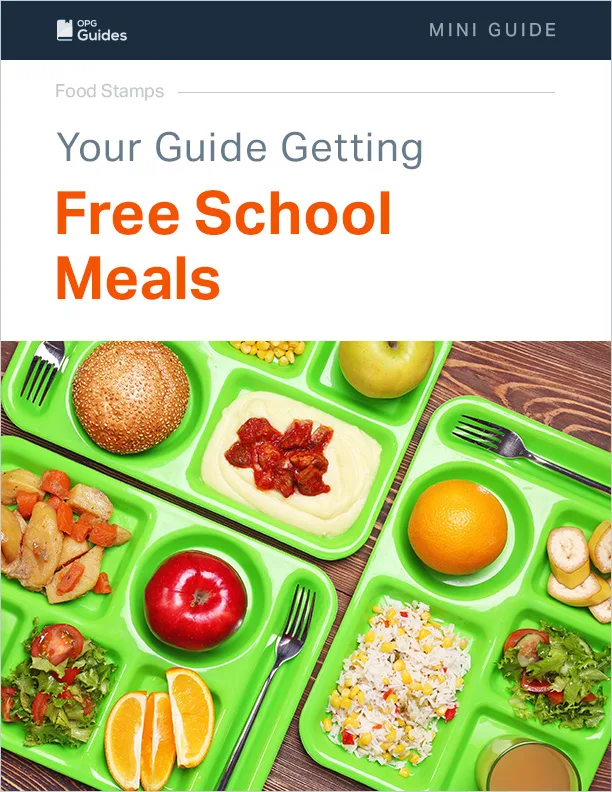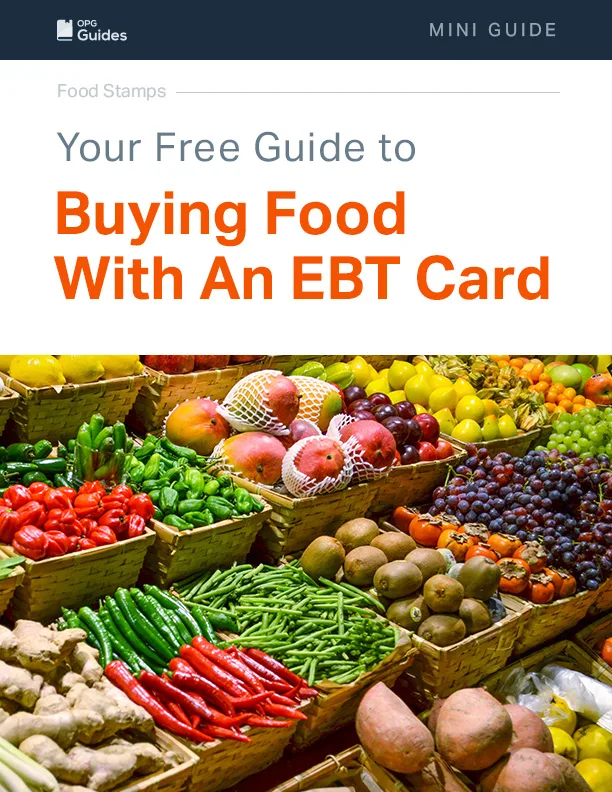Your Guide to Free Daycare
Your Guide to Free Daycare
We are privately owned and not affiliated with the government in any way or form.

Introduction to Free Daycare
The cost of childcare is often one of the highest expenses for families with young children. According to a 2024 survey from Care.com, the average weekly cost for childcare in the U.S. was $343 per week at a childcare or daycare facility. And that number only continues to grow. In fact, compared to 2023, costs have risen 7%.
Fortunately, the United States offers a range of free or low-cost day care programs for children and families who qualify. These services are designed to provide working parents with safe and affordable care and schooling for their kids while they are at work or at school.
The major federal program that assists eligible families with child care costs is the Child Care and Development Block Grant (CCDBG). This grant provides a variety of services to states, which then establish programs for low-income families, including direct subsidies to help pay for child care costs. Other programs include the Head Start Program and the Child Care Access Means Parents in School (CCAMPIS) program, which assists eligible college students with the cost of daycare for their children.
Head Start Program

The Head Start program is a federal program administered by the U.S. Department of Health and Human Services that provides comprehensive early childhood education and other services to low-income children and families in the United States. Established in 1965, Head Start serves children from before they are born until they reach five years of age.
It focuses on providing an array of services that promote both physical and mental development, including:
- Health.
- Nutrition.
- Early learning.
- Social-emotional development.
- Family engagement.
- Parent involvement.
- Community partnerships.
Head Start programs provide free or low-cost educational services to eligible families based on their income level.
These services include access to quality preschools as well as comprehensive health care screenings and preventive health care for children and pregnant women. The program also offers educational resources, such as:
- Books.
- Toys.
- Games.
- Computers.
In addition to educational activities, the Head Start program provides a variety of social services and family support initiatives. This includes access to:
- Job training programs.
- Financial assistance for child care expenses related to employment or education activities.
- Referral services for housing assistance or medical care providers.
- Nutrition counseling and food assistance programs.
- Home visits with trained professionals who offer parenting advice and guidance on how best to support their children’s development.
If you are looking for a Head Start program in your area, there are several ways to find one. The first way is to use the Head Start Center Locator Tool provided by Administration for Children and Families.
Access the tool here: https://eclkc.ohs.acf.hhs.gov/center-locator
You may also contact your local Department of Social Services (DSS) office, which should be able to provide information about the program and direct you to the nearest Head Start provider.
Early Head Start Program
The Early Head Start Program is another kind of federal program designed to provide comprehensive early childhood education and other services to low-income children from birth until they reach three years of age. It focuses on providing an array of services to promote physical, cognitive, social, emotional, and language development.
Services include the following:
- Home visits by trained educators
- Mental health consultants
- Health care services
- Nutrition counseling and food assistance programs
- Parent involvement activities
- Family support initiatives
The Early Head Start Program is open to eligible families with incomes at or below the federal poverty level. As such, income guidelines vary between states.
To find an Early Head Start Program in your area, you can use the same Head Start Center Locator Tool mentioned in the previous section. Access it here: https://eclkc.ohs.acf.hhs.gov/center-locator
You may also contact your local Department of Social Services office in person or over the phone. The office should be able to provide information about the program and direct you to the nearest provider.
Child Care Access Means Parents in School (CCAMPIS)

The Child Care Access Means Parents in School (CCAMPIS) program helps parents who are studying. It gives money to help pay for childcare so they can go to school. Colleges and universities can apply for a grant from the federal government in order to offer this program.
Schools that do offer this program can choose how to fund free or reduced-cost childcare. The care usually takes place on campus where the parent attends school.
While some may offer before-school care, others set up after school care. Interested parents usually need to meet certain qualifications in order to participate, such as providing proof of a low income. Those who qualify for a Federal Pell Grant to help fund their education usually qualify for this type of childcare because the income thresholds are the same.
To find out if your prospective college or university offers a CCAMPIS program, contact the school’s registrar office.
Half or Full-Day Kindergarten Programs

Both half and full-day kindergarten programs are designed to provide a comprehensive early childhood education experience for children from the ages of 4 through 6. They provide many of the same services as the Early Head Start Program but with increased emphasis on academic development.
The curriculum often includes language arts, mathematics, science, social studies, and physical education.
Half-day kindergarten is when your child goes to school for only part of the day. Full-day kindergarten refers to going to school all day. Some parents may prefer full-day kindergarten because it allows their child to receive more instruction and support, while others may prefer the half-day option because it fits better into their schedule.
In order to find a kindergarten program, you can contact your local school district. They should be able to provide you with a list of available programs in your area and can also help you understand any enrollment requirements or fees associated with them.
Keep in mind that some school districts may only have room for a certain number of kindergarten participants. In these cases, there is usually a lottery system that determines which children are accepted into the program.
Other Ways to Save on Childcare Costs
In addition to free daycare programs, there are a few other ways to save money on the cost of childcare.
One option is to look into a nanny share, where two or more families share the cost of hiring one nanny. This can be an economical way to reduce the expense of childcare and still provide quality care for your child.
Another way to save money on childcare is to look for daycare centers that offer sibling discounts. These are often found in areas where daycare centers have excess capacity and need to attract more business. If you have more than one child, the facility may reduce the cost of attendance in an effort to secure your business.
You may also be able to get subsidies from your employer if they offer a dependent care flexible spending account (FSA). This can help you pay for childcare costs with pre-tax dollars, which can result in significant savings.
Finally, you may be able to save money on childcare by taking advantage of tax breaks from the federal government such as the Child and Dependent Care Tax Credit. This credit is available to families who pay for out-of-pocket childcare expenses and can result in a substantial reduction in tax liability.
For tax year 2024 (filed in 2025), you can claim a maximum of $3,000 in expenses for one person, or $6,000 for two or more people.
To claim this credit, you must be able to show proof of having paid someone (such as a daycare provider or child care facility) to care for one or more of the following individuals:
- A child age 12 or younger at the end of the year, whom you claim as a dependent on your tax return
- Your spouse, if he or she is unable to take care of themselves and has lived with you for at least half the year
- Any other person claimed as a dependent on your return who cannot take care of themselves and have lived in your home at least half the year




